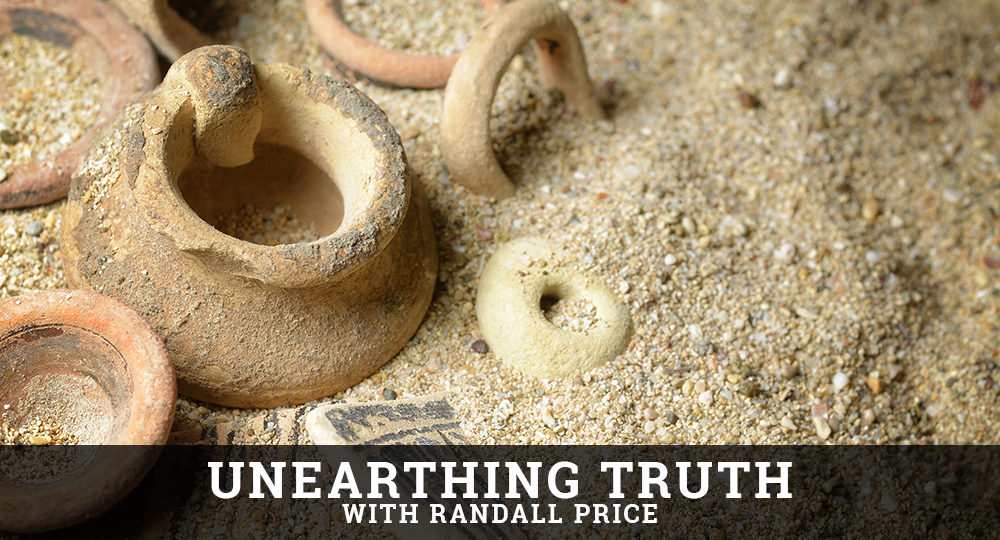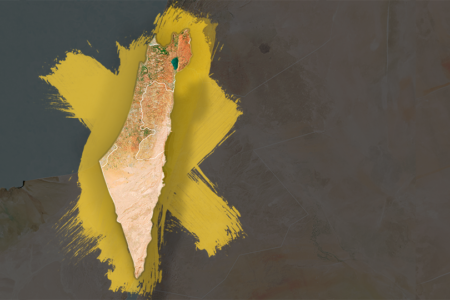Is the Book of Judges Really History? (Conclusion)
The book of Judges’ historicity is crucial in determining the validity of Israel’s residence in the Holy Land and, therefore, the Bible’s trustworthiness. Previously, we considered why we must defend biblical history and examined the archaeological evidence that supports the historicity of Judges’ account of Gideon. As we conclude our series, we’ll study additional evidence demonstrating that the only logical conclusion is that the biblical account is true.
Judges begins with the Israelites’ continued conquest of Canaanite cites, including Jerusalem (Judg. 1:8). However, the Israelites failed to completely drive out the Jebusites who inhabited Jerusalem (v. 21).
The Amarna Letters, a collection of diplomatic correspondence between the Canaanite city-states and the Egyptian Pharaohs Amenhotep III and Akhenaten, corroborate this conquest.1 In the letters, the Canaanites requested the pharaohs’ help against an attacking force called the habiru, or apiru, a term describing “marauding nomads,” including the Israelites, particularly those from the central highlands where they initially settled.2 These calls for military assistance indicate the Israelites were taking over Canaanite highlands.
In Letter EA271, the king of Gezer appealed to save his land from the powerful apiru. Other letters state, “The land of the king [of Jerusalem] is lost” (EA 288) and “deserted to the Hapiru” (EA 290).3 These ancient documents fit the conflict of the conquest period.
Around 1209 BC, Egyptian Pharaoh Merneptah, 13th son of Ramses II, quelled a revolt involving the Libyans, the Aegean Sea peoples, and displaced nomads from other Middle Eastern lands. To commemorate his victory, he set up four large stone stelae (monuments). On one stele, Merneptah listed Israel, along with the city-states of Ashkelon, Yenoam, and Gezer, as an entity that revolted in Canaan. Israel’s inclusion with major Canaanite city-states indicates it was recognized as an established power.
However, its entry on the stele contains a hieroglyphic symbol denoting it not as a national entity but as an ethnic social group lacking fixed boundaries. This fact harmonizes with the biblical data: Though the Israelites during the Judges period possessed their inheritance in the Land (2:6), they did not acquire political status until the time of the united kingdom.
Judges also records the spiritual decline of the second generation of Israelites living among the Canaanites (vv. 10–13). Joshua’s failure to eliminate the Canaanites and their pagan worship (1:28) contaminated the Israelites. Surrounded by a more advanced and established civilization and never having experienced the miracles their forefathers witnessed, many Israelites adopted Canaanite gods. This spiritual decline resulted from envy for Canaanite fertility, attributed to their deities; less stringent laws and rituals; and open, sensuous religious practices.
When Israel’s judge Gideon destroyed his community’s false idols (Ba’al and Asherah) and built a proper altar to the God of Israel, his people wanted to kill him (6:28–32). This fact fits with archaeological excavation of the conquest period. At Hazor, the Israelites cut off the heads and hands of Canaanite idols; but in the settlement period, Israelite residences featured cultic installations and foreign idols. It also agrees with the archaeological witness of a gradual change in the Promised Land from a more advanced building and pottery culture (Canaanite) to a less advanced style (Israelite).4 Israel did not immediately bring a distinctive material culture into Canaan but, as Scripture shows, introduced gradual changes in the native style.
As excavations in Israel unearth new evidence for the book of Judges’ historical accuracy, archaeology continues to support the truth of the Bible.
ENDNOTES
-
-
- William L. Moran, The Amarna Letters (Baltimore, MD: The Johns Hopkins University Press, 1992), XXVI.
- S. Douglas Waterhouse, “Who are the Habiru of the Amarna Letters?” Journal of the Adventist Theological Society, 12/1 (2001): 31.
- Bryant G. Wood, “From Ramesses to Shiloh: Archaeological Discoveries Bearing on the Exodus-Judges Period,” Associates for Biblical Research (April 2, 2008) (tinyurl.com/AmarnaApiru).
- John Bimson and David Livingston, “Redating the Exodus,” Biblical Archaeological Review (September-October 1987), 52–53.
-







